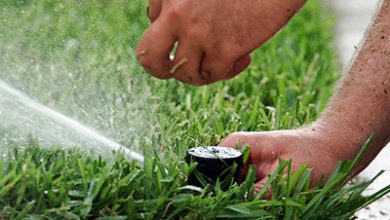How to Transplant an Indoor Plant: [Complete Guide]
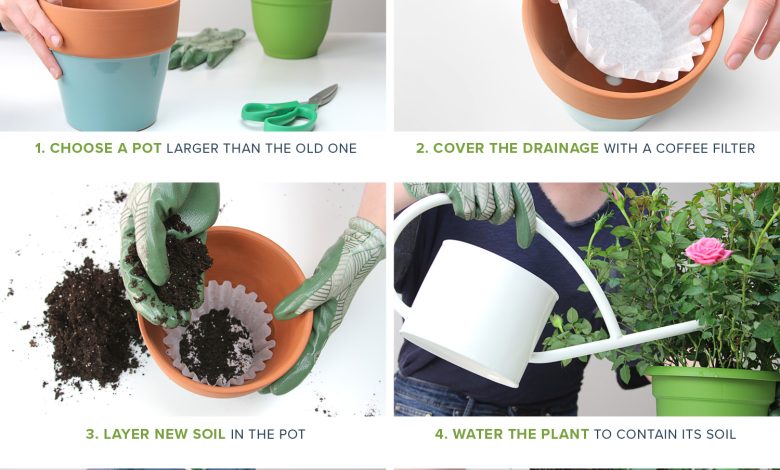
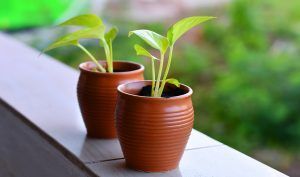 You will agree with me that indoor plants can add color and an excellent atmosphere to your home/office.
You will agree with me that indoor plants can add color and an excellent atmosphere to your home/office.
However, sometimes it is necessary to carry out a transplant.
Either because the plant is drowning, because it needs new nutrients (soil) or because you want it to get bigger.
Changing the pot is a process that will respond to the changes that arise in the plant over time.
As in all cases, make sure that the roots are not uncomfortable, tight or coiled.
In the following article we show you:
- The reasons for carrying out a transplant.
- What you need to get started.
- The steps to follow after planting an indoor plant.
- What you should do once you have performed the transplant.
Can you come with us?
5 Reasons to transplant your indoor plants
Fresh soil and increased nutrients
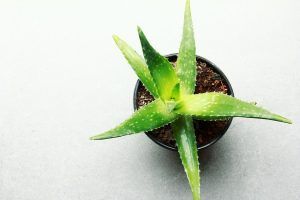 Your houseplant absorbs most of its nutrients through the soil.
Your houseplant absorbs most of its nutrients through the soil.
Over time, the nutrients in the soil are depleted.
You may notice that after a while, your houseplant produces small new colored leaves, or just looks dull.
Even if you fertilize regularly, repotting (or potting) with new soil provides a nutrient boost that will give your houseplant what it needs to thrive.
better watering
Have you ever noticed that when you water, it seems to immediately seep to the bottom of the pot?
Your plant is probably root bound, a condition where the plant needs so much new space that the roots have wrapped around the outside of the pot.
This creates channels for water to flow through, making a plant in this state very difficult to water.
Releasing these roots through a new pot will help the plant get the water it needs to keep its thirst quenched and its leaves lush.
Room to breathe = More growth!
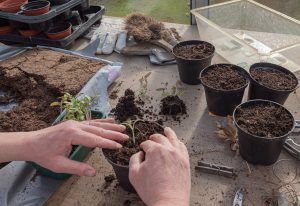 Everyone likes to have a space to breathe, including houseplants.
Everyone likes to have a space to breathe, including houseplants.
Another reason to free plants from the roots is that it promotes new growth.
Plants can rebound once transplanted. A stronger and growing root system will make your plant grow faster.
disease prevention
Have you ever overwatered your plants?
Don’t worry. It has happened to all of us
The problem is root rot: when roots are damaged by too much water, they turn dark brown or black.
In this state they are susceptible to disease and, in fact, are unable to absorb water (which is why an over-watered plant can sometimes appear thirsty).
Cutting off these damaged roots helps the plant recover from overwatering and is your best line of defense against fungus and disease.
divide and conquer
When plants get too bushy, many can be divided to free up space for new plants to grow.
It is time to transplant and take the opportunity to divide the cuttings into new self-sufficient plants.
Things to consider before transplanting a houseplant
To make a good transplant, there are some elements that are essential.
To learn more about transplanting plants: Here is a guide.
- The first thing is to choose a pot according to the size of the plant in order to ensure that it will not be necessary to do this procedure again.
- Another important point is to choose a good substrate.
- Get the right tools, like a small transplant shovel.
How to transplant a houseplant step by step?
After having all this at hand, we will proceed like this:
- The base of the pot must have some material that facilitates drainage, such as pebbles. This will also help keep the holes from getting clogged with dirt.
- Then a little substrate will be added.
- In these cases, it is best to transplant with the root ball, so it will be necessary to give mobility to the current pot to facilitate this work.
- It is important that the root ball is below the edge of the pot, hence the importance of choosing the right size.
- The root ball will be placed looking for it to be as centered as possible.
- The substrate is added on the sides to fill the entire space, applying light pressure with the fingers.
- At the end, the excess soil is cleaned from the sides so that everything is very beautiful.
At this point it is important to provide enough moisture to the plant and the substrate, for this, enough water will be added so that it is moist.
If you have chosen a good substrate, the fertilizer in the first months is not necessary because it will contain the necessary nutrients.
What do we do once we have transplanted our indoor plants?
After repotting our houseplants, they tend to go into a period of shock.
Don’t worry. It is normal.
Plants may appear wilted and thirsty, but refrain from watering until a week after repotting to ensure roots damaged during repotting have healed.
During the recovery period, move the plants to a cooler, shaded spot.
Most potting soil contains fertilizer. To avoid over-fertilizing and damaging the plant, you can delay fertilizing for about 6 weeks after transplanting your houseplant.
Maybe you are also interested in:
- How often and how to water my indoor plants?
- [10 Types] of Indoor Plants that Need Low Light
- [14 Types of Indoor Plants] to Have at Home
- Homemade Indoor Plant Fertilizer: Our Formula – Sembrar100
- Begonia Rex: [Cultivation, Substrate, Irrigation, Associations, Pests and Diseases]
- How to Fertilize Indoor Plants Step by Step – Sembrar100
- Caring for Indoor Plants: [Pruning, Light, Substrate and Humidity]
- Indoor Plant Care: [Soil, Humidity, Pruning and Problems]
- Irrigation in Indoor Plants: [Basic and Complete Guide]
- The [15 Best] Durable and Hardy Houseplants
- List of [16] Indoor Plants that Bloom All Year
- List of [15 Indoor Plants Without Flower]: Examples and Care
- Indoor Planting to Decorate your House: Where to Buy? List
- Indoor Hanging Plants: [15 Examples + Care, Watering and Substrate]
- Plant and Grow Indoor Plants Like a Pro

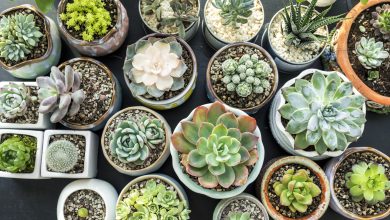
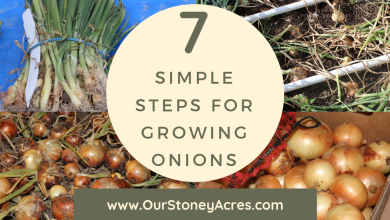
![Photo of Clivia Miniata: [Characteristics, Cultivation, Care and Disadvantages]](https://www.complete-gardening.com/wp-content/uploads/2022/08/clivia-miniata-characteristics-cultivation-care-and-disadvantages-390x220.jpg)
